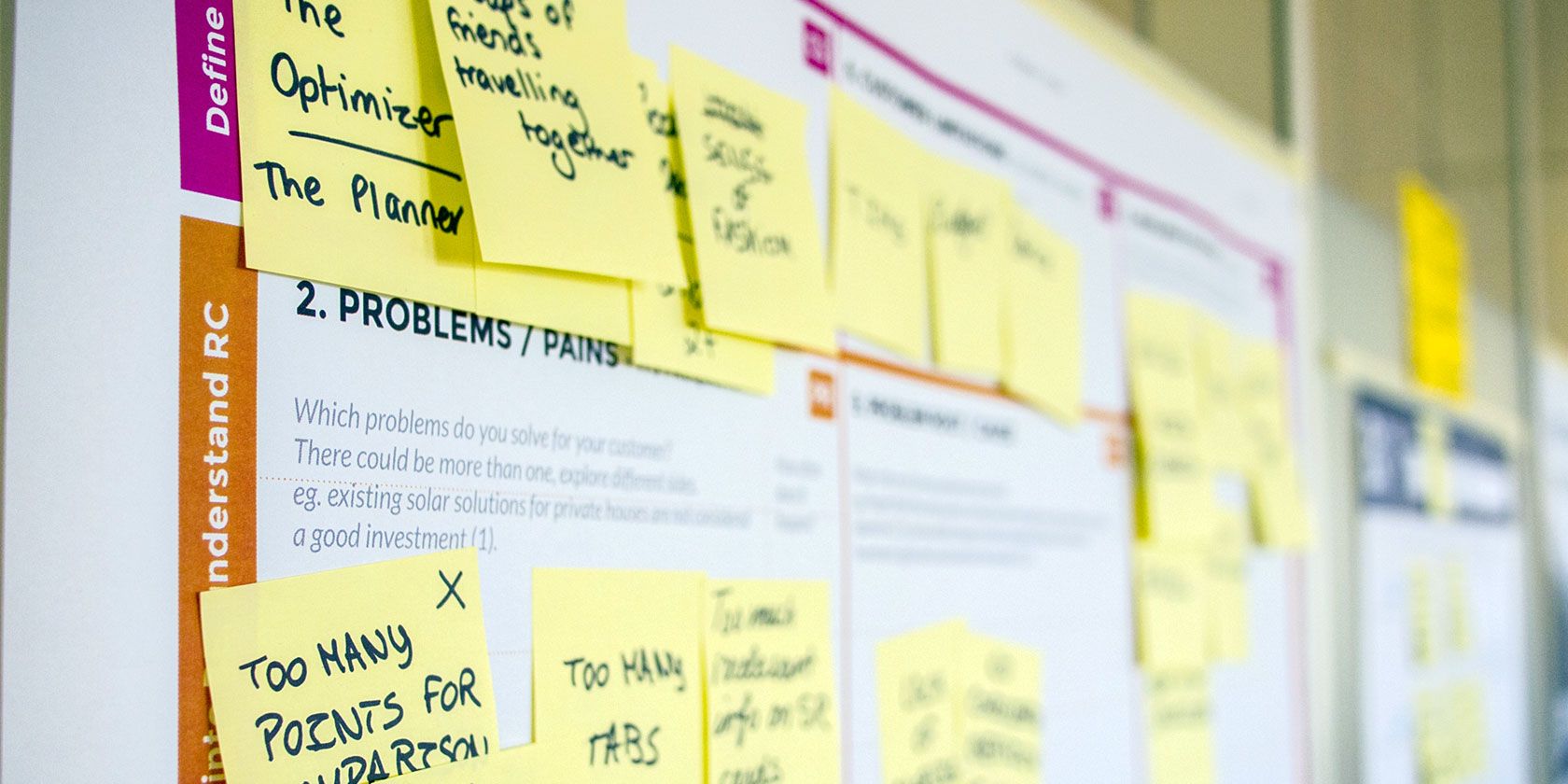You may have read countless blog posts, magazine articles, and books about to-do lists. They certainly exist, but many of the articles you read often present them as the magic tools necessary for enjoying consistent productivity. They could be that magic tool but, the thing is, merely making a to-do list is not enough.
Many people unknowingly make mistakes that limit the overall effectiveness of their to-do lists. The blunders may even hinder their potential.
Below, we'll look at some of the most common mistakes associated with to-do lists. You'll also get solutions to these mistakes, so you can remedy your ways if some of these errors sound familiar.
1. Listing Tasks Without Estimated Times
Many of the to-do lists you've likely made only included things to do without timeframes. Writing down tasks alone may seem like the fastest approach. However, you also need to estimate the probable time for completion. If you don't, the task list could seem overwhelming. It might genuinely include more than you can tackle, too.
Also, time estimates hold you accountable and help you pinpoint responsibilities that take much longer than they should.
Try using a time tracker for a typical week and see how long all your tasks take. Then, make a to-do list that reflects that information. Did you spend an hour organizing your inbox on a Monday morning? If so, consider using a dedicated tool that cuts down on time required.
2. Switching Between List-Making Methods
When thinking about ways to write to-do lists, you can pick between using a pen and paper or going digital.
However, some people can't make up their minds. They use traditional means for a few days, then download another list-creation app to their smartphones. Although this is a common practice that often continues indefinitely, it also disrupts productivity. By not sticking to one option, you can't get into an efficient routine.
Decide to use one way of composing a to-do list for at least a month. During that time, write down all the pros and cons you notice. At the end of the period, review the positive and negative characteristics. Then, if necessary, repeat the month-long process with the other option for making lists.
Ideally, you'll get the swing of things the first time around and realize you don't need to switch. However, even if you spend a month each with digital and old-fashioned methods, at least that's long enough to ultimately make an educated choice.
3. Organizing Tasks Starting With the Quickest
Like many people, you may be an achievement-oriented individual. The more you complete tasks, the more you feel motivated to continue working hard. Maybe that's why you began using to-do lists. In that case, it seems smart to arrange the entries on your to-do list by the shortest to longest estimated times.
By using that technique, you can get your confidence up by working on less time-intensive stuff first, then gradually transition into things that take more of your time. However, this practice is another one to avoid. It could cause you to prioritize duties that don't significantly impact what you aim to achieve.
Instead, figure out which tasks are the most beneficial to yourself, your company, your job, and so on. Then, group those things on your to-do list. By taking that approach, you're likely using your time wisely. At the day's end, you can look back on accomplishments and feel you spent your hours well.
4. Making Your List the Day You Need It
Maybe you're in the habit of writing your to-do list at the start of a day. However, by doing that, you waste time you could devote to other tasks.
Collective evidence highlights the merits of writing a to-do list the night before.
Some experts suggest thinking of the three most important to-do list items then. It'll help you set expectations for the day ahead, and you can get straight to work instead of making a to-do list when you wake up.
5. Avoiding Making Changes
Life includes many unexpected elements, and some of them may temporarily impact your productivity. Did you wake up with a migraine headache this morning? Is your infant fussing while you work from home because her usual caregiver is out of town? Perhaps you recently started working for a new company or accepted a new role. All of these things could break your stride, so they require a flexible mindset.
If you didn't incorporate flexibility into your to-do list, too, that's a problem that leads to frustration. Rather than creating a rigid set of responsibilities, build a rolling task list.
It allows for re-prioritizing things as your day fluctuates. Plus, as the name suggests, incomplete items roll over to the next day.
6. Treating Tasks and Projects the Same Way
While crafting their to-do lists, people often forget that tasks and projects are very different. You can include both, but you must realize that projects take up more time than tasks. You can finish a task in a single session. Projects, on the other hand, include multiple tasks. They need special consideration as you plan the time and effort necessary for them.
If you view tasks and projects identically, it'll seem like you continuously miss the mark. Consider using colors or text-based identifiers to make tasks and projects more distinctive. And, don't assume you'll get an entire project completed in a day. It's better to recognize the progressive nature of projects. Assign yourself tasks that move them closer to completion day by day instead.
7. Lacking Specificity in To-Do Items
A poorly-written to-do list may hurt your productivity more than not having one at all. If your list items are too vague, you won't make the best use of available time.
Maybe you're a professional or amateur blogger ready to expand your reach. Initially, you might want to write an entry that says, "Publish new posts." But that's not specific enough. A task reading "Publish at least five posts" maintains focus.
8. Packing Your List With Unachievable Objectives
If you find motivation through challenges, it may seem sensible to fill your to-do list with lofty goals. You might reason that you're a high-achieving individual and not want to make your duties too easy. However, you could also quickly shoot to the other end of the spectrum: extreme difficulty.
To avoid this pitfall, set SMART goals to maximize productivity. Wondering how it works?
- Specific: Write your goal using simple language that clearly defines your actions.
- Measurable: You must have tangible evidence that shows whether you hit your target.
- Achievable: Make your goal achievable. It's okay if it takes you out of your comfort zone. However, you need the skills and resources required for success.
- Results: It means you should write goals with overall outcomes in mind, not individual activities.
- Timeframe: Set a timeframe that causes a sense of urgency and limits distractions. However, refer to the meanings of the other letters while considering timeliness. Otherwise, you might set a schedule you could never realistically keep.
Without using the SMART approach to goal setting, you might become disillusioned by perceived failures. Maybe the problem is that your plans are just not reachable. The process above keeps you in check and on track.
How Will You Improve Your To-Do List This Week?
Now, it may be clear why your to-do lists aren't working as well as expected.
Fortunately, since you have these tips to make positive changes, it's simple to fix those issues fast. Anticipate greater productivity coupled with a rewarding sense of worthiness.
And if you're looking for a to-do list with helpful features for accomplishing your tasks, check out TickTick and these tips for using it:



